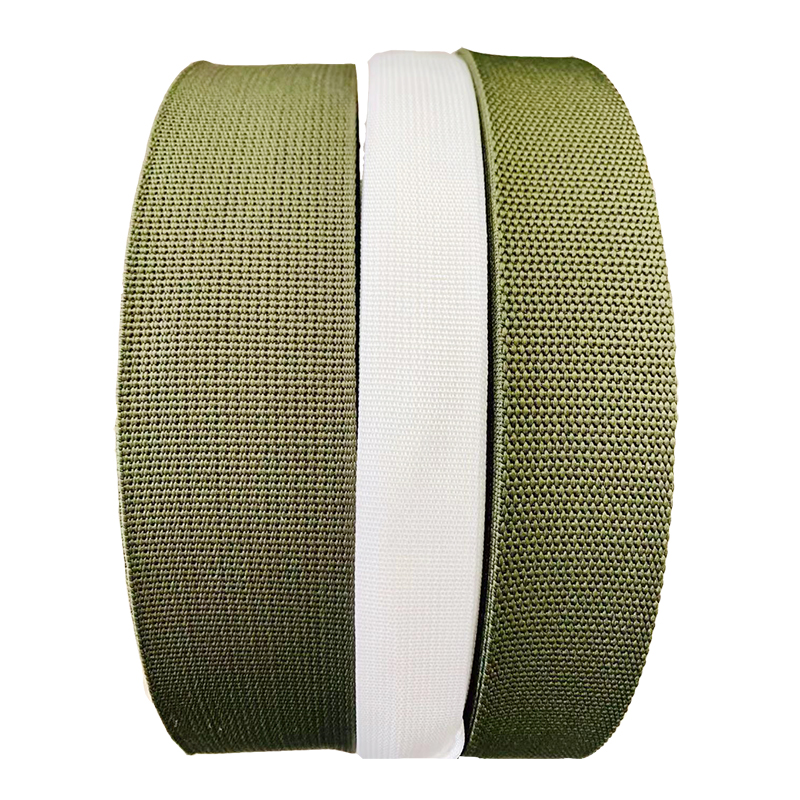Viscose fiber belongs to regenerated cellulose fiber. It is made from natural cellulose through alkalization, aging, yellowing and other processes to produce soluble cellulose xanthate, and then dissolved in dilute alkaline solution to make viscose, and then wet spinning PP ribbon 。 By using different raw materials and spinning processes, ordinary viscose fiber, high wet modulus viscose fiber and high strength viscose fiber can be obtained respectively. Common viscose fiber has general physical and mechanical properties and chemical properties, and is also divided into cotton, wool and filament types, commonly known as artificial cotton, artificial wool and rayon. High wet modulus viscose fiber has high degree of polymerization, strength and wet modulus. This kind of fiber can bear a load of 22N per unit linear density under wet state, and the wet elongation under this load is not more than 15%, mainly rich and strong fibers. High strength viscose fiber has high strength and fatigue resistance.
1. Morphological structure
The basic composition of viscose fiber is cellulose (CH2O3) n. The cross section of ordinary viscose fiber is zigzag skin core structure with straight longitudinal grooves. The fiber rich coreless structure has a circular cross section.
2. Moisture absorption
Viscose fiber has good hygroscopicity, about 13% in general atmospheric conditions. After moisture absorption, it expands significantly, and the diameter increases by 50%, so the PP webbing fabric feels hard after being put into the water, and the shrinkage rate is large.


